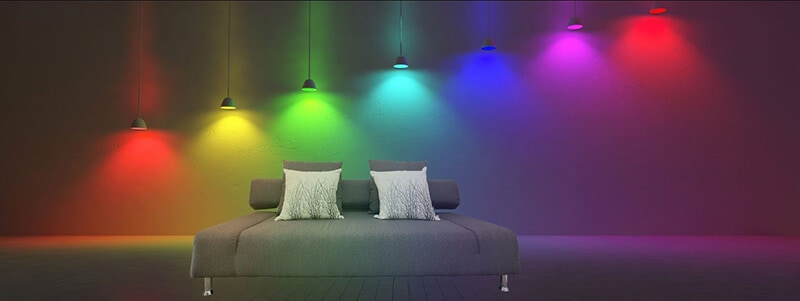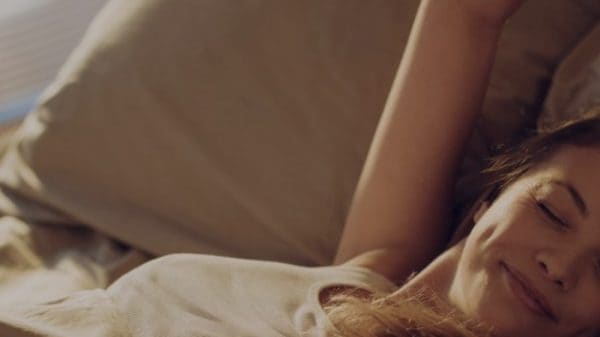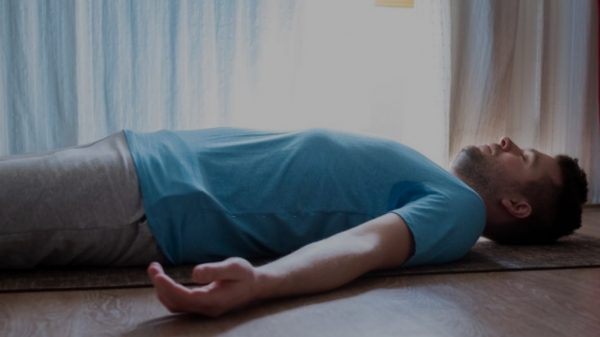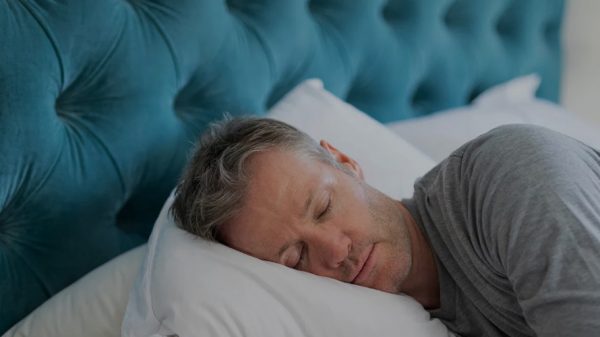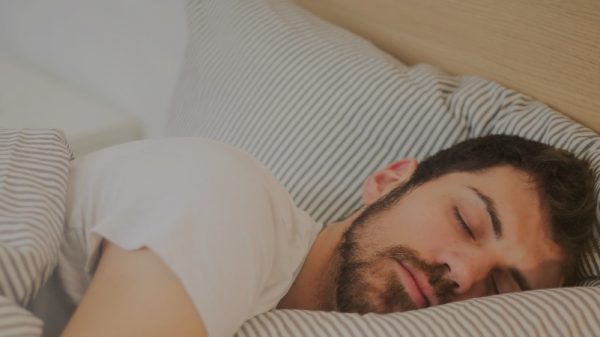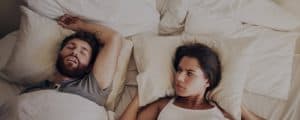Do you remember the last time you slept with the lights on? It’s pretty common for children to sleep in a brightly lit room mainly because of their fear of the dark but as adults, “lights out” is often the more popular choice. For adults who still can’t sleep in complete darkness, using a night light has become common. But have you ever thought about what light actually does to your sleep? The decision to leave the lights on or off isn’t just a matter of power consumption. It can also affect your health in ways you may have never thought of.
How does light affect sleep?
Considered as one of the most essential external factors that affect sleep, light impacts our internal clock and may lead to changes in our body clock, also known as circadian rhythm. Our eyes have cells that are highly sensitive to light and are responsible for sending signals to the brain if it’s already daytime or nighttime.
Ever since the electric lightbulb was invented, we have become more active even hours after the sun has set. From street lights to gadgets, we are exposed to light wherever we go, and this prolonged exposure certainly has several negative effects on our body.
One light color in particular has earned a bad rap because of its adverse effects on our health. Surprise, surprise! It’s blue light, and the irony is that every gadget that we use emits this type of light.
How bad is blue light for your health?
Light comes in different wavelengths, and each one affects the signals being sent to our brain. For example, natural blue-wavelength light from the sun helps our body stay alert throughout the day. Once it gets dark, the amount of blue light we receive diminishes, which results in the production of melatonin that tells our body to get some sleep.
There are also artificial sources of blue light—light bulbs, laptops, TV, mobile devices—which means we are now exposed to blue light longer than before. Because of this, the production of melatonin is inhibited and we have difficulty falling asleep. Poor sleep can lead to a lot of health complications: memory issues, concentration difficulty, frequent mood changes, high blood pressure, weakened immunity, higher risk for diabetes and heart disease, and more.
What is the best light color for sleeping?
If you need to use a night light during bedtime but don’t want to expose yourself from too much blue light, it’s best to get a red night light. Studies have shown that exposure to blue light at night time makes it more difficult to fall asleep, but red light does not disrupt melatonin production and as well as circadian rhythms compare to blue light. There are lots of night lights that produce a warm red glow available online and at retail stores, so finding one for yourself should be easy.
“But what if I need to check my phone at night?” you may ask. A simple solution is to turn on your phone’s night mode., which reduces the blue light emitted on your screen. There are also several apps that turn your screen red or amber, so you might want to check that out!
The bottom line
Falling asleep as soon as your head hits the pillow may seem like a dream beyond our reach and even more so if you can’t sleep without leaving the lights on, but definitely not impossible. Use night lights as long as they emit a warm red light. Steer clear from blue lights, and that means no more checking your phone during bed time! If you can’t help yourself, activate Night Mode. This way, you can finally get that good night’s sleep and get a full rest before you start another day.


